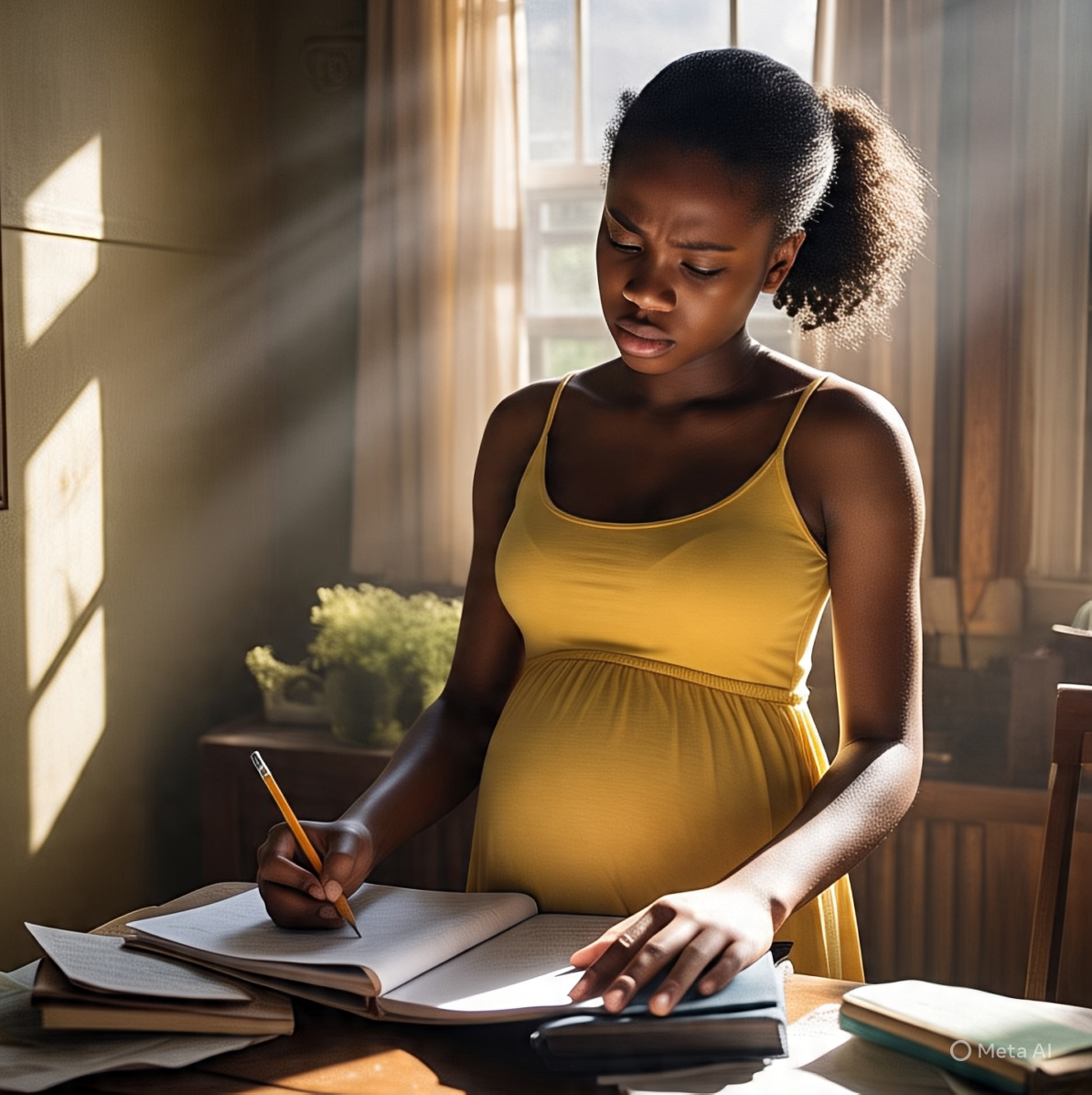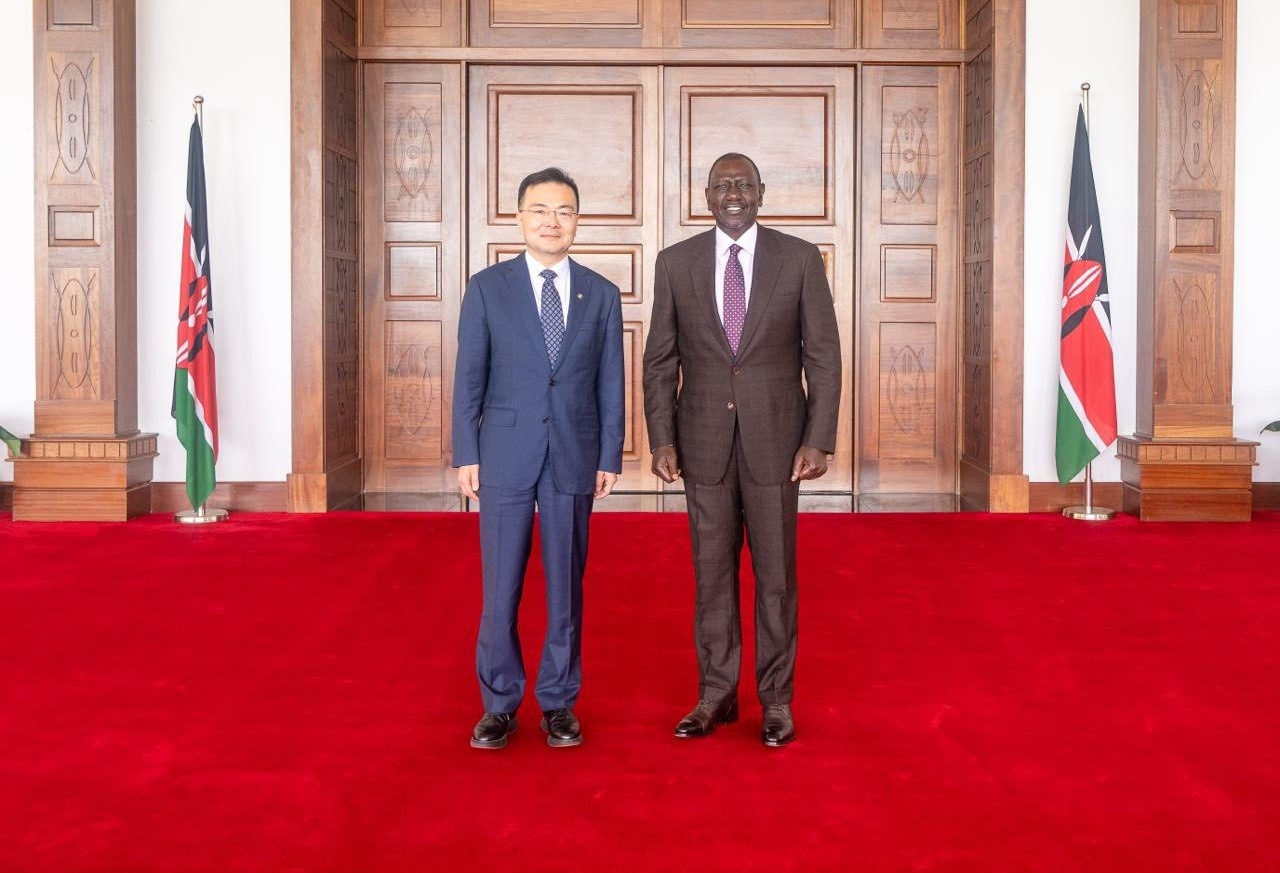

Kenya continues to battle alarmingly high rates of teenage pregnancy,
despite a slight decline in reported cases.
According to the Ministry of Health’s Maternal and Newborn
Health Status Report released in June 2025, 240,787 adolescents aged 10 to 19
years presented with pregnancy at their first antenatal care visit in 2024.
Although this marks a 4.3 per cent decrease from the 251,510
cases in 2023, the figures remain troubling.
Health experts warn that this marginal drop does little to
mask the deep-rooted reproductive health challenges adolescents face, ranging
from stigma and misinformation to limited access to youth-friendly services,
particularly contraception.
The issue took center stage during the 8th Pan-African
Adolescent and Youth Sexual and Reproductive Health and Rights (AYSRHR)
Scientific Conference in Mombasa.
The meeting brought together government officials, health
practitioners, civil society leaders and young people to shape the future of sexual
and reproductive health and rights in Africa.
Beneath the formal deliberations, a silent battle unfolded
between cultural norms, legal frameworks and the lived realities of Kenyan
adolescents.
Beverly Anyango, a reproductive health nurse and board
member at the Reproductive Health Network Kenya, believes that adolescents
should be granted access to contraceptives, regardless of their age.
In Kenya, as in many African countries, the legal age of consent is 18.
However, studies and experience reveal that adolescents are
engaging in sexual activity much earlier, often without adequate information or
protection.
“There are many things we try to cover up, but it's time we
speak up. When this adolescent comes for family planning, we tell them to get
consent. So what happens when a sexually active 15-year-old comes seeking
contraception? Are we going to deny her
or him this contraceptive? These are the moral and professional dilemmas
healthcare providers face daily,” she said.
Anyango emphasised the importance of empowering young people
to understand their sexual and reproductive health rights, including bodily
autonomy and the right to make informed choices.
However, cultural taboos, religious beliefs and parental
resistance remain significant obstacles.
“Our girls come to clinics seeking contraceptives, but often
encounter judgment from society and even healthcare providers. They’re asked,
‘Why do you need family planning at your age?’ That kind of stigma drives them
away,” she explained.
Anyango urged for an open national dialogue on the
appropriate age for contraceptive access.
“We assume the young people are not having sex. But we shall
be surprised that they are having it even more than the adults in marriage. So,
can it be open that if they feel they need this contraceptive, then let us not
have so many barriers for them to access the contraceptives,” she said.
Teen pregnancies and the rise of unsafe abortions
Anyango noted that without contraceptives, many adolescents
face unintended pregnancies, often followed by unsafe abortions.
“If they can’t get contraceptives, they resort to unsafe
options. And when they seek abortion services, they’re stigmatised again. So,
if the government can try and adjust the age for contraceptives, or make it open
that if a youth feels that she has to get a contraceptive, then there should
not be any barriers that bar her from getting the contraceptive,” she said.
The MNH report paints a grim picture of the maternal deaths among adolescents and youth, which rose from 1,051 in 2023 to 1,148 in 2024.
Most of these deaths stem from complications like obstructed
labour, anaemia, sepsis, and unsafe abortion, risks that disproportionately
affect younger mothers who often lack adequate support or prenatal care.
Further, 41,133 adolescents and youth sought post-abortion
care services in 2024, a slight drop from 43,915 in 2023, but still indicative
of widespread unsafe abortion practices.
The call for a holistic approach
Alan Maleche, executive director of the Kenya Legal and
Ethical Issues Network on HIV and AIDS and a co-organiser of the conference,
said the current government policies are detached from reality.
“It’s not just about age. It’s about context. Some of these
young people are victims of rape or live in unsafe environments. If they are
sexually active or at risk, they deserve protection,” he said.
Maleche stressed that access to contraceptives is just one
piece of a much broader puzzle.
“We need to fund education programmes, ensure availability
of SRHR products, and fix broken systems, including the Judiciary, to protect
the vulnerable,” he said.
Structural failures and cultural barriers
Reproductive Health Network Kenya executive director Nelly
Munyasia described the SRHR crisis among adolescents and youth as a
continent-wide emergency.
“Each year in Sub-Saharan Africa, one in three girls is subjected
to early or forced marriage, and one in five gives birth before age 18. These
aren’t just statistics. These are girls with names, dreams and futures now
derailed,” she said.
Munyasia painted a sobering picture of the ripple effects:
school dropouts, diminished economic potential, higher maternal mortality
rates, increased HIV risk, and greater exposure to gender-based violence.
“These issues reinforce cycles of poverty and hopelessness.
And yet, SRHR for adolescents and youth is still treated as an afterthought in
many national policies,” she said.
She blamed systemic failures; underfunded and fragmented
health services, education systems that neglect or omit comprehensive sexuality
education, and deeply rooted patriarchal norms that continue to stigmatise
care-seeking behaviour.
“Worse still, the lack of disaggregated data means interventions miss their mark, leaving behind the very communities that need them most; rural youth, slum dwellers, persons with disabilities and gender-diverse adolescents,” Munyasia added.


















